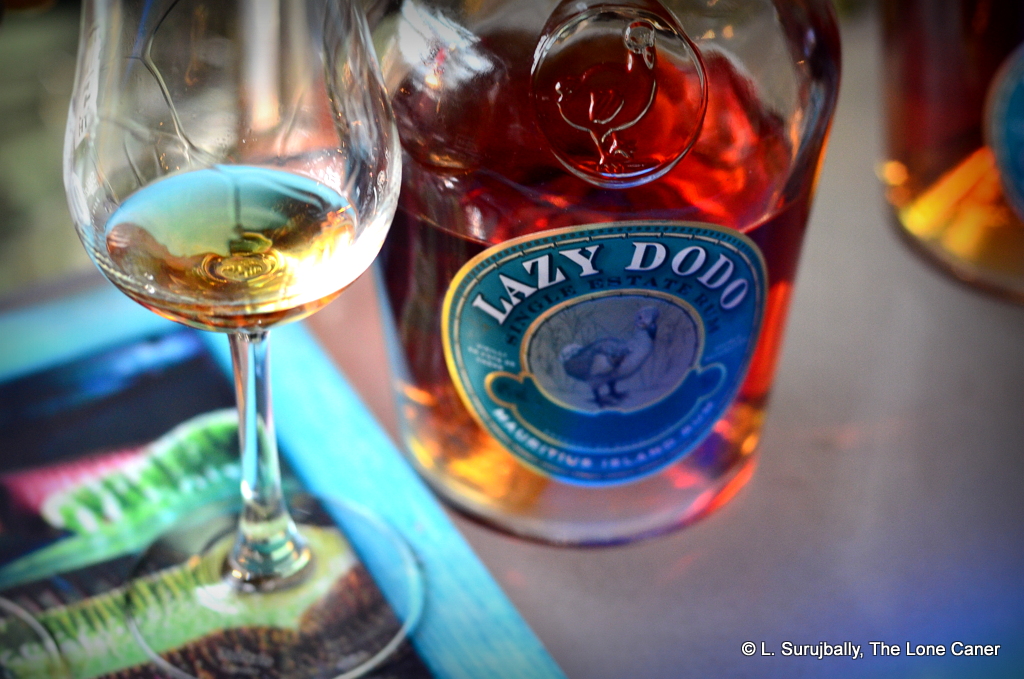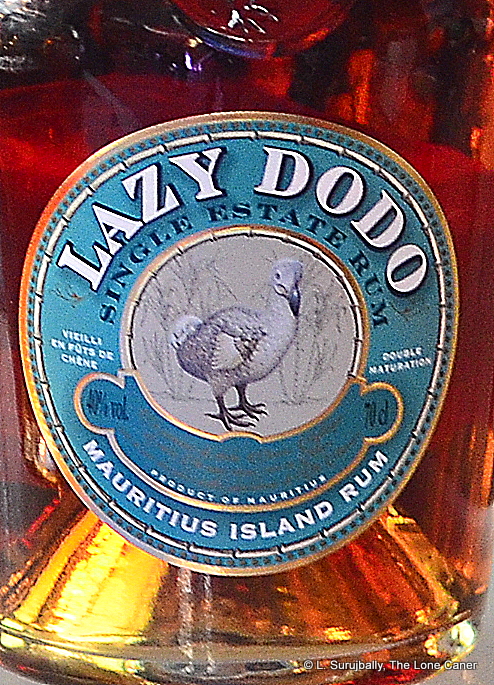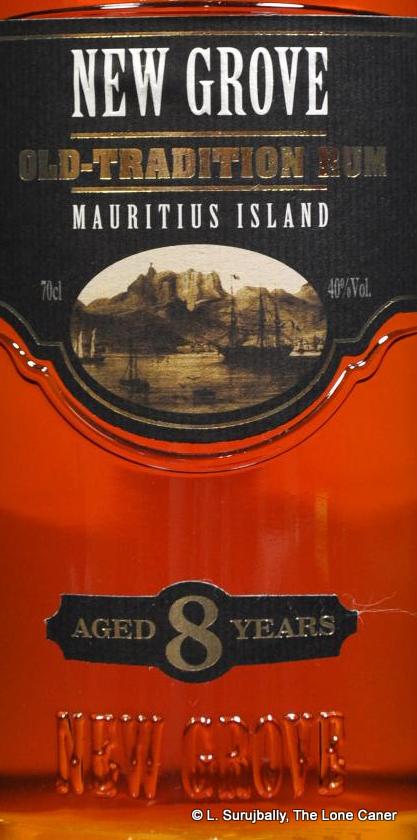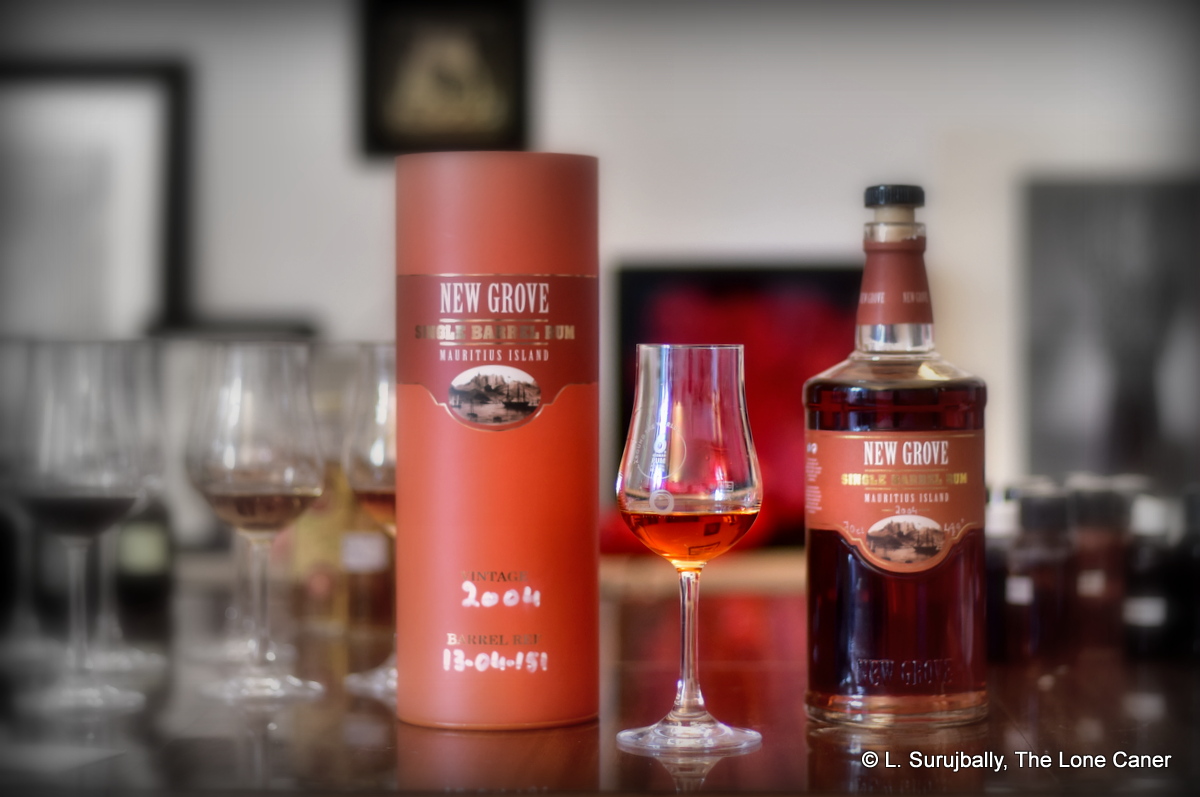
Last time, I was looking at the really quite excellent St. Aubin 10 year old from Mauritius, which was a cane juice, pot-still, decade-old rhum, a type we don’t see very much of – to my memory only the Saint James Coeur de Chauffe comes close, and that wasn’t even aged. St. Aubin certainly seems to like making rums their own way, while New Grove, also from that Indian Ocean island, provides us with rums that seem somewhat more familiar – they flit in profile between El Dorados and Barbadians, I think, with an occasional dash of Worthy Park thrown in to mix things up.
One of the rums I used as a control that day was the New Grove Single Barrel rum from 2004, which in every way tried to maximize its hit points in a way St. Aubin did not, by specifically nodding to the indie scene to establish its chops — relatively high proof (49.9%, a whisker shy of fifty), a millesime from 2004, nine years old, 297 (individually numbered) bottles from a single barrel #151, columnar creole still, aged nine years in Limousin oak…well, you get the point.
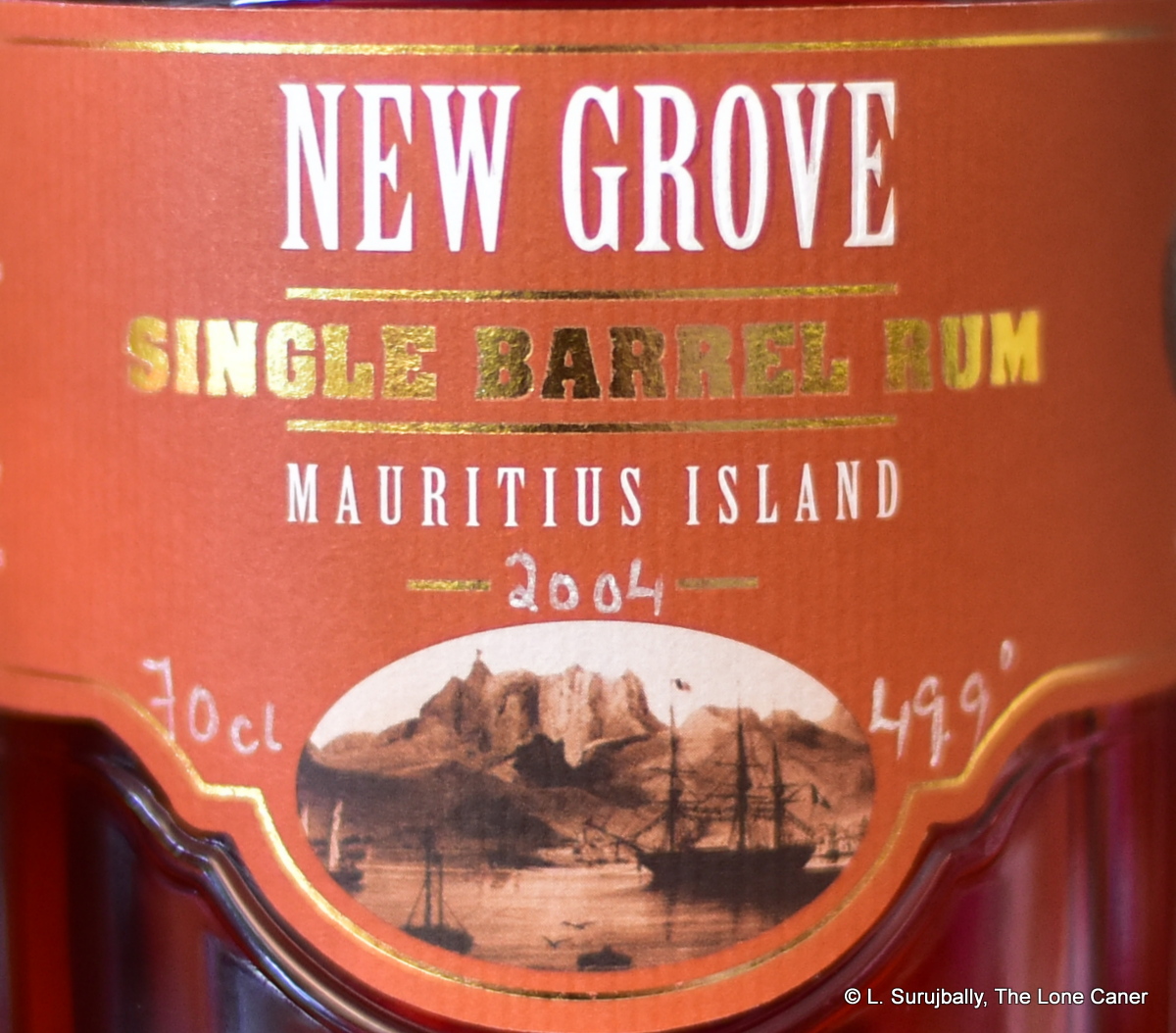 Although cold stats alone don’t tell the tale, I must confess to being intrigued, since a primary producer’s limited single-barrel expressions tend to be somewhat special, something they picked out for good reason. That felt like the case here – the initial smell was delicious, of burnt oranges and whipped cream (!!), a sort of liquid meringue pie if you will. It negotiated the twists and turns of tart and mellower aromas really well: honey, fruits, raisins, green apples, grapes,and ripe peaches. There was never too much of one or the other, and it was all quite civilized, soft and even warm
Although cold stats alone don’t tell the tale, I must confess to being intrigued, since a primary producer’s limited single-barrel expressions tend to be somewhat special, something they picked out for good reason. That felt like the case here – the initial smell was delicious, of burnt oranges and whipped cream (!!), a sort of liquid meringue pie if you will. It negotiated the twists and turns of tart and mellower aromas really well: honey, fruits, raisins, green apples, grapes,and ripe peaches. There was never too much of one or the other, and it was all quite civilized, soft and even warm
Alas, the nose was the best part – the palate strained, it tried, but just couldn’t keep up. Certainly it was workmanlike and tasted well, firm, solid, warm; it showcased some citrus, salted caramel, vanilla and cumin, plus peaches and apricots and faint molasses, just lacking somer of that exuberance and verve the nose had primed me for. The fade was about on that level too – aromatic, a little tangy, some vanilla, bon bons, spices, and again that chocolate-orange vibe I enjoyed quite a bit. I don’t know if that’s a Mauritius thing, just that it was a tasty end to the drink.
Back when I tried New Grove’s 8 YO in 2014, I commented rather dismissively on the strength and hinted at its middle-of-the-road taste which seemed geared to please rather than excite. By the time Lazy Dodo came out a few years later (a very nice blend) I was more in tune with what New Grove was doing. No further issues of anonymity or strength afflicted the 2004 which is a ways better than either of the other two…although it still had its weaknesses, however minor.
I mean, the rum is, overall, quite a good one. The tastes were strong and crisp and well defined, and it could be sipped easily and enjoyed at any time. Yet somehow it lacked a pinch of that excellence and uniqueness which would have staked out its own claim to excellence, the sort of thing that made the St. Aubin so good – though by no means should this be regarded as either a criticism, or a failure on their part, for the rum was perfectly delectable in its own way.
Scores aside, what this pair of rums clearly demonstrates is that the Caribbean doesn’t hog all the glory or possess all the cool kids’ rums – it just seems that way because they get more press. But if you were to ever start looking elsewhere, beyond the regular and the comfortingly familiar, then take a chance and go further afield. Mauritius in general is a good place to look and New Grove specifically wouldn’t be the worst place to land.
(#754)(85/100)
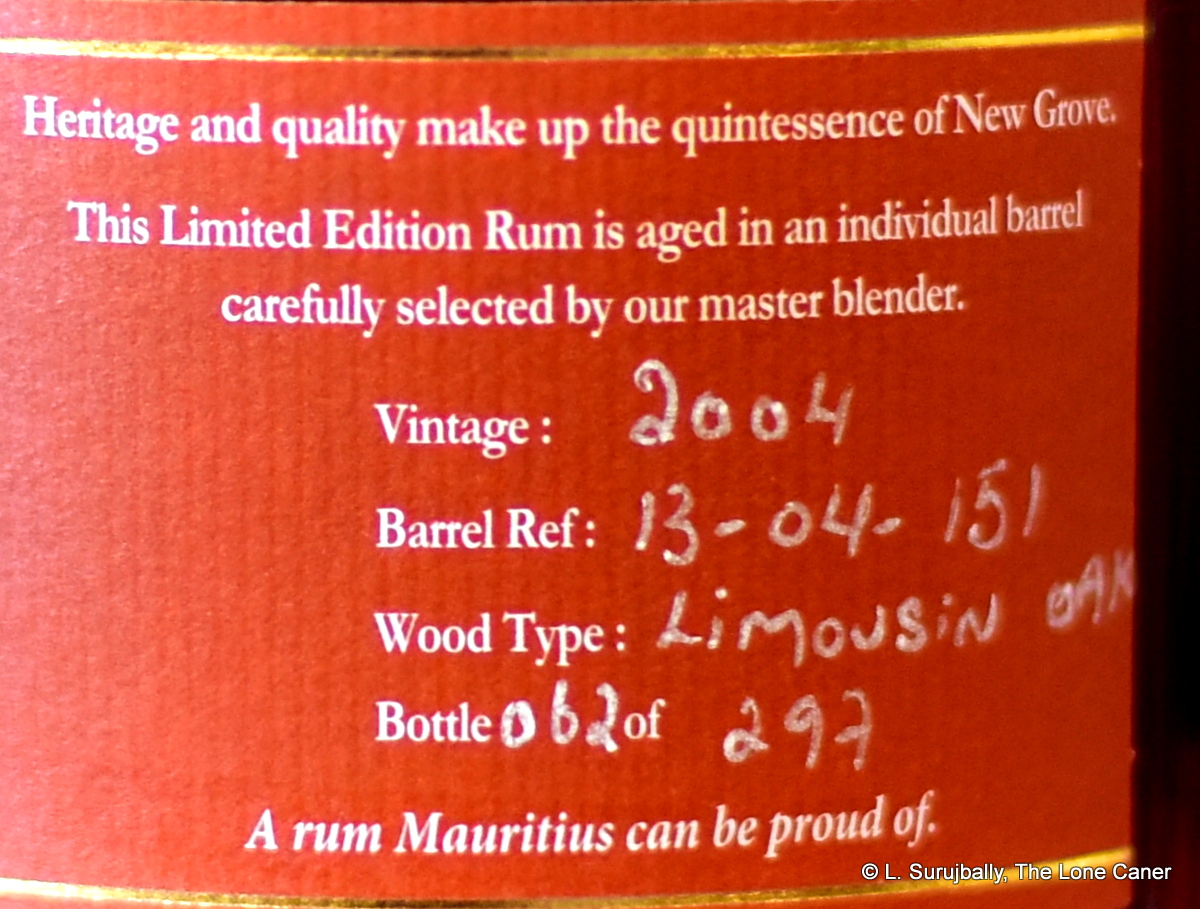 Background history
Background history
Mauritius, an island nation in the Indian Ocean to the east of Madagascar, has been at varying times composed of more islands and fewer, and either Dutch, English or French…though Arabs and Portuguese both made landfall there before. Its strategic position in the Indian Ocean made both French and British fight for it during the Age of Empires, and both remain represented on the island to this day, melding with the Indian and Asian cultures that also form a sizeable bulk of the population. Sugar has been a mainstay of the local economy for centuries, and there were thirty seven distilleries operational by 1878 — the first sugar mill dates back to 1740 in Domain de la Veillebague, in the village of Pampelmousses, with the first distillery starting up two years later: they sold their product mainly to Africa and Madagascar.
New Grove, a rum making concern founded by a Dr. Harel, dates back to 1852 and is intimately connected with another major Mauritius family, the Grays. The Harel family have moved into other concerns (like the Harel-Mallac group, not at all into agriculture), but other descendants formed and work for Grays – one of them sent me the company bio, for example, and three more sit on the board of directors.
Grays itself was formed in 1935 (the holding company Terra Brands, was established in 1931 by the Harels and the first still brought into operation in 1932) and are a vertically integrated spirits producer and importer. They own all stages of local production, from cane to cork, so to speak, and make cane spirit, white rum, a solera and aged rums, for the Old Mill and New Grove brands which were established in 2003 for the export market. This explains why the SBS Mauritius 2008 rum, for example, noted on its label that it came from the Grays’ distillery.
